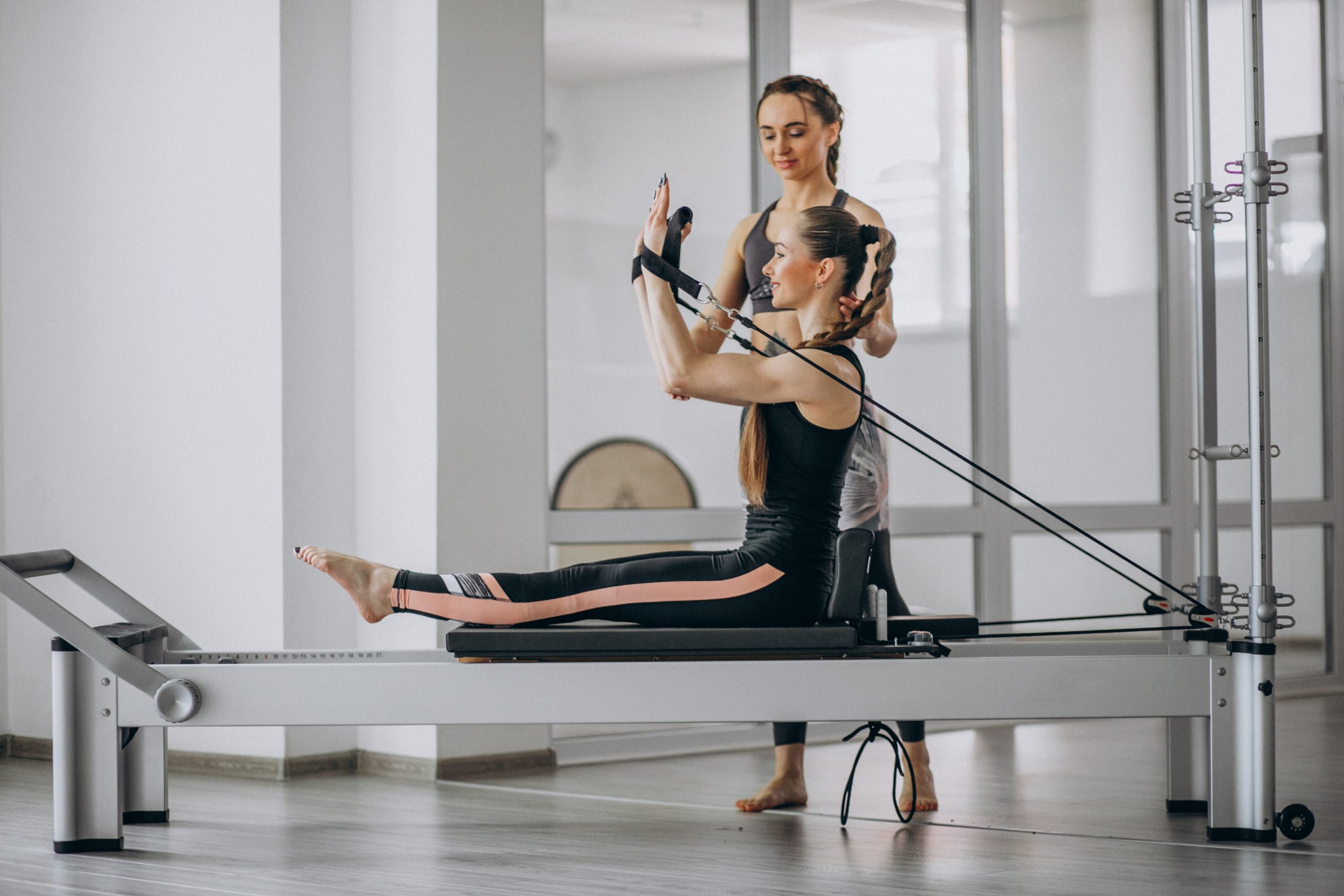Pilates has become increasingly popular in Australia over the past decade, with many people recognizing the benefits of this exercise method for improving flexibility, strength, and overall well-being. If you’re passionate about Pilates and considering starting your own studio in Australia, you’re entering a potentially rewarding and thriving industry. However, like any business venture, opening a Pilates studio requires careful planning and knowledge of the Australian fitness industry’s regulations and trends. In this article, we’ll explore what you need to know to successfully start a Pilates studio Down Under.
1. Business Plan
Before you dive into the world of Pilates studio ownership, it’s essential to create a solid business plan. Your plan should outline your studio’s mission, target audience, pricing structure, and marketing strategies. Consider your studio’s unique selling points (USPs) and how you’ll differentiate yourself from competitors. Pilates studios can cater to various niches, such as rehabilitation, general fitness, or specialized classes like reformer Pilates. Identifying your niche will help you refine your business plan.
2. Legal Requirements
Australia has strict regulations for fitness facilities, including Pilates studios. You’ll need to register your business, obtain necessary licenses and permits, and adhere to health and safety standards. Consider consulting with a lawyer or business advisor to ensure compliance with all legal requirements. Additionally, you’ll need insurance coverage to protect your studio and clients in case of accidents or injuries.
3. Location Matters
Choosing the right location for your Pilates studio is crucial. Look for areas with a target demographic interested in Pilates and accessible parking or public transportation options. Consider the competition in the area and whether there’s a gap in the market for your studio’s services. A convenient, visible, and attractive location can significantly impact your studio’s success.
4. Equipment and Facilities
Investing in high-quality Pilates equipment is essential for providing a positive client experience. This includes reformers, mats, Pilates chairs, and props. Ensure that your studio layout is spacious, well-lit, and comfortable. Creating a welcoming and professional environment can help attract and retain clients.
5. Certified Instructors
Hiring certified Pilates instructors is a must. Australian fitness industry standards require instructors to hold a relevant certification recognized by Fitness Australia, the industry’s governing body. Make sure your instructors are not only qualified but also experienced and passionate about Pilates. Their expertise will contribute to your studio’s reputation and client satisfaction.
6. Marketing and Promotion
Develop a comprehensive marketing strategy to attract clients to your Pilates studio. Utilize both online and offline channels, including social media, a professional website, local advertising, and partnerships with nearby businesses. Consider offering introductory classes or promotions to encourage new clients to try your services.
7. Client Engagement
Building a loyal client base is essential for long-term success. Focus on excellent customer service, personalized instruction, and creating a sense of community within your studio. Encourage client feedback and reviews to continuously improve your services.
8. Stay Informed
The fitness industry is continually evolving, with new trends and techniques emerging. Stay updated on the latest developments in Pilates and adapt your offerings accordingly. Attend workshops, conferences, and training programs to enhance your knowledge and skills.
9. Financial Management
Effective financial management is crucial to the sustainability of your Pilates studio. Keep detailed records of your expenses, revenues, and taxes. Create a budget and monitor your finances regularly to ensure your studio remains profitable.
10. Long-Term Vision
Finally, have a long-term vision for your Pilates studio. Consider expansion plans, additional services, or diversifying your offerings to meet changing client demands. Stay committed to your studio’s mission and continually strive for excellence in Pilates instruction.
Starting a Pilates studio in Australia can be a fulfilling journey if you approach it with careful planning, dedication, and a commitment to delivering exceptional Pilates experiences to your clients. By following these guidelines and staying attuned to industry trends, you can build a thriving Pilates studio that contributes positively to the health and well-being of your community.
Please Visit Our Website to Know More about Adding Up Your Modality: https://wafcp.com.au/wafcp-approved-modalities/




